학명 : Ceratonia siliqua L.
분류 : Fabaceae
Common Names : Carob: St. John's bread; locust tree
학명 풀이
Ceratonia : From the Greek keras (horn), referring to the seed pods of the carob
siliqua : From the Latin, meaning pod or husk
중국어명 : 长角豆
성경에 나오는 '쥐엄나무'(> 주엽나무 Gleditsia japonica Miq.)는 이 Ceratonia siliqua L.를 가리킨다 . 중동지역과 지중해 연안에 분포한다. 이 나무는 한, 중,일에는 없기에 성경 번역자들이 우리나라에 분포하는 '쥐엄나무'로 번역한 것이다.
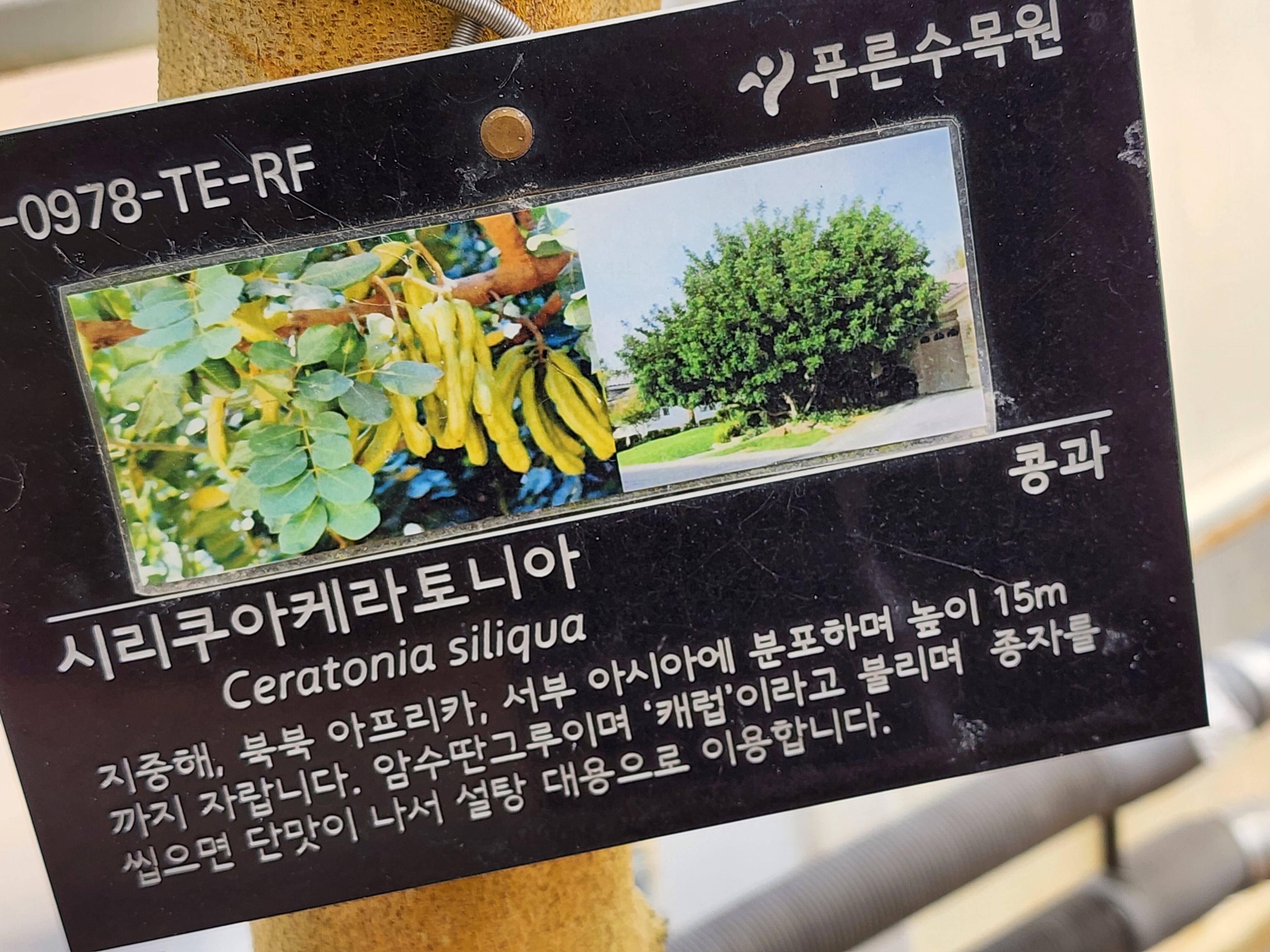

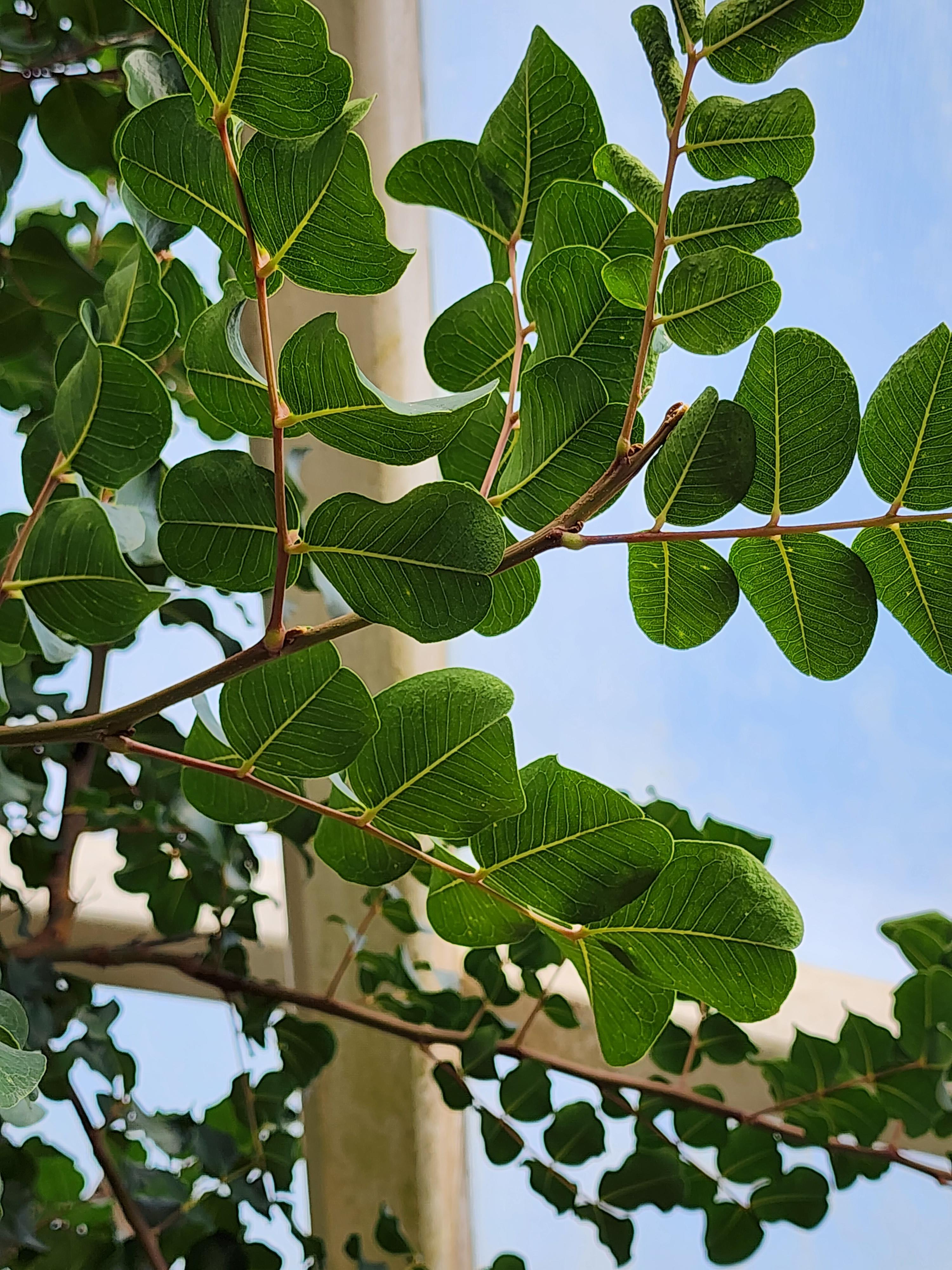
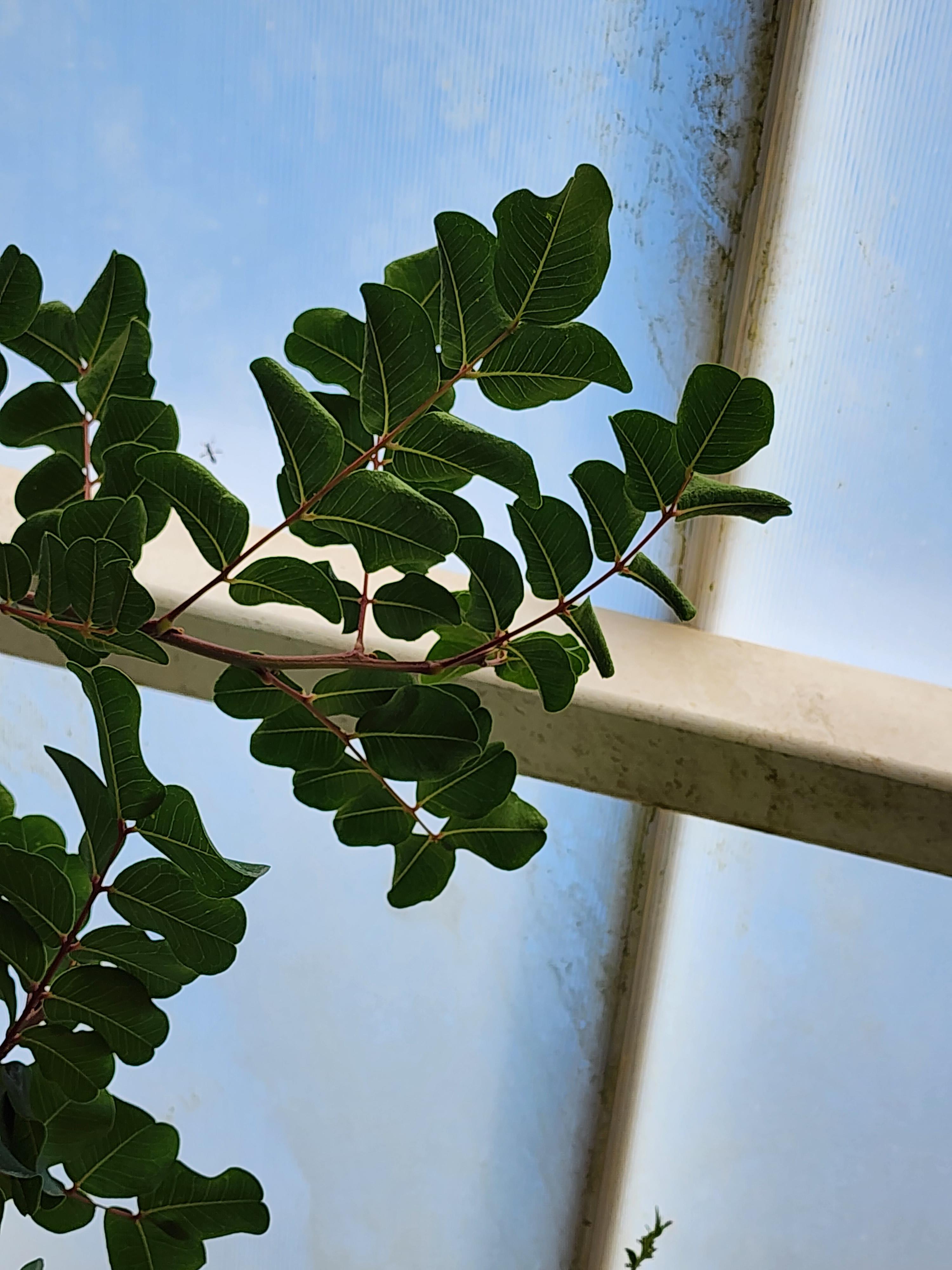
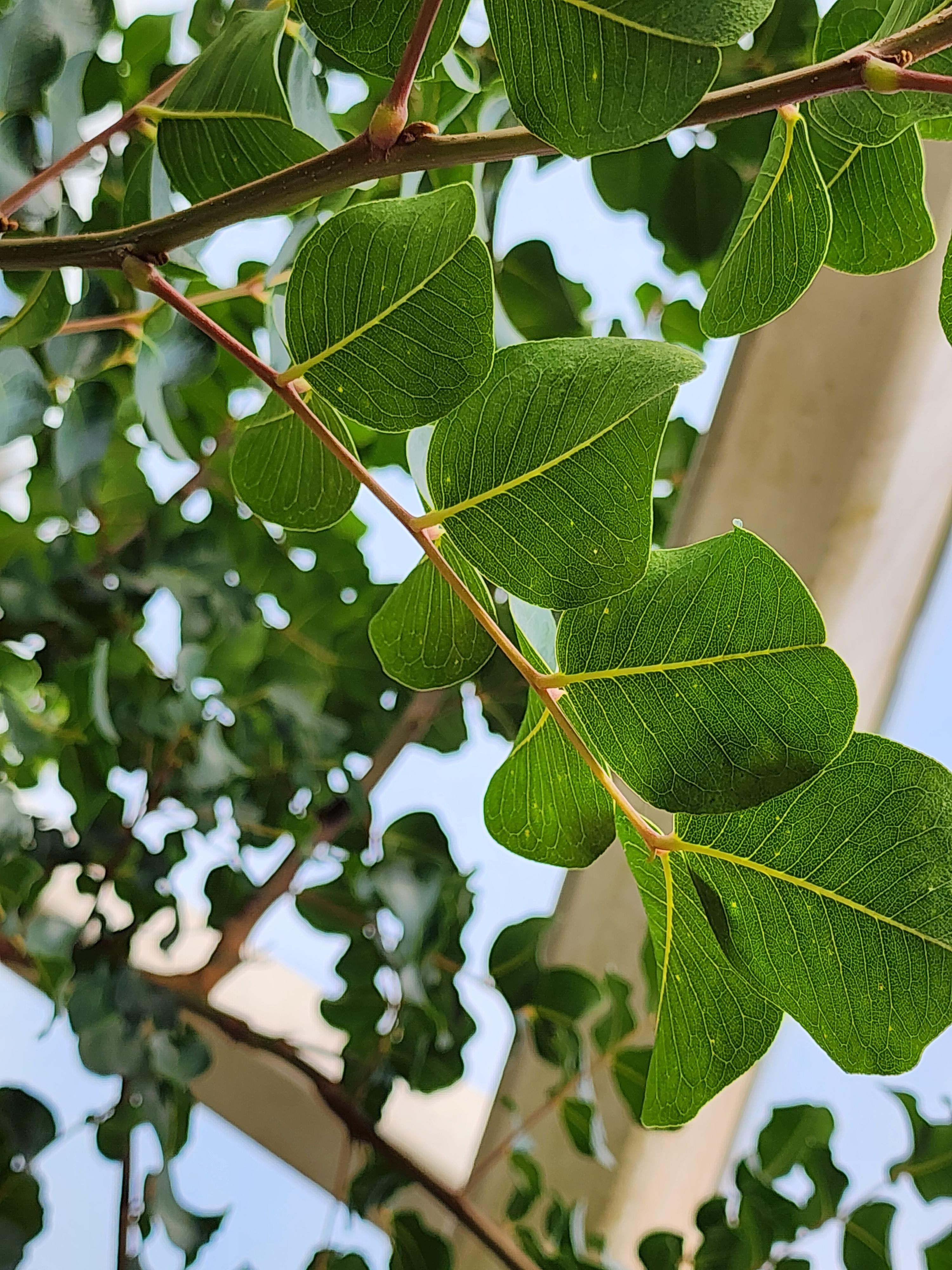
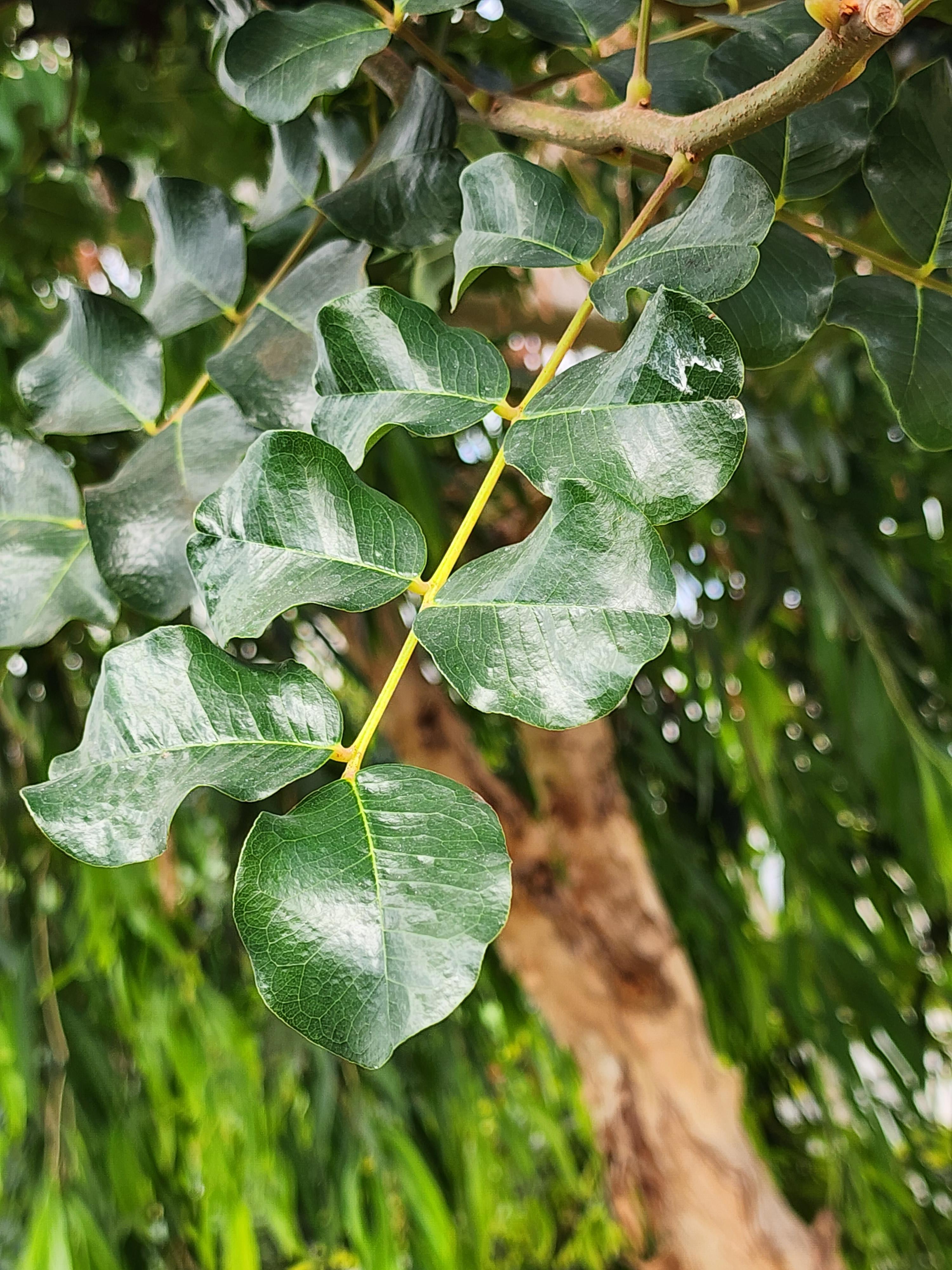
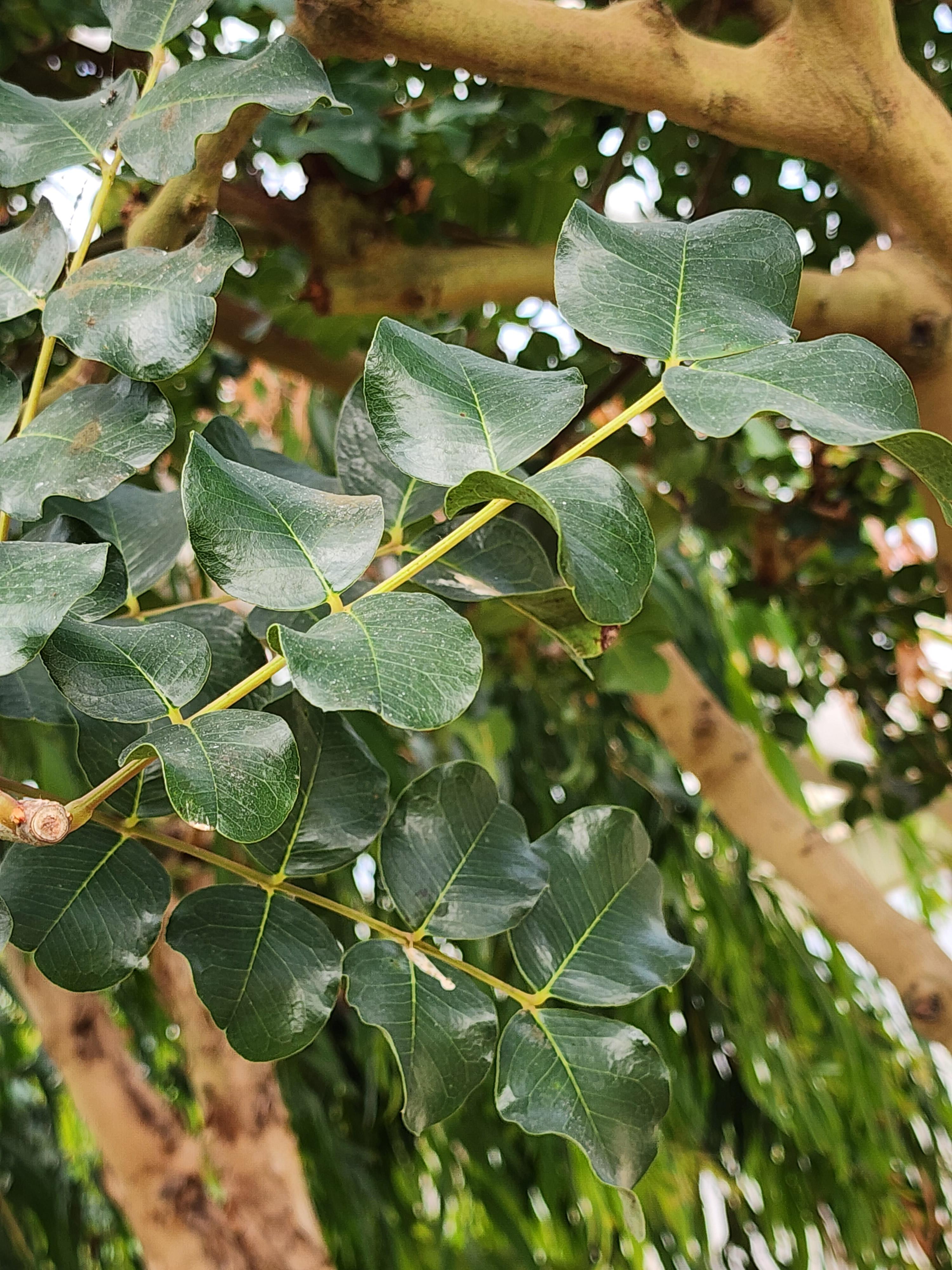
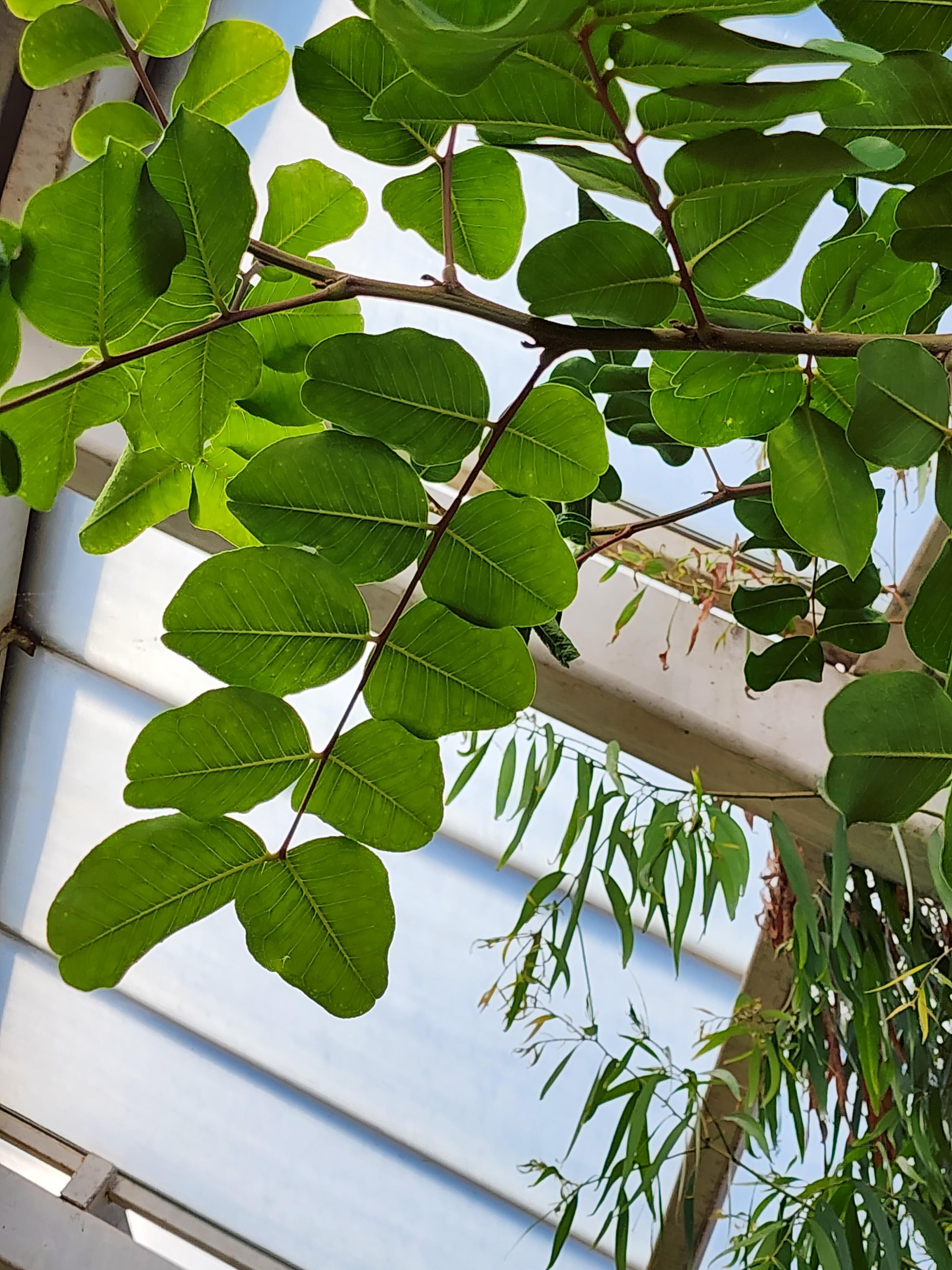

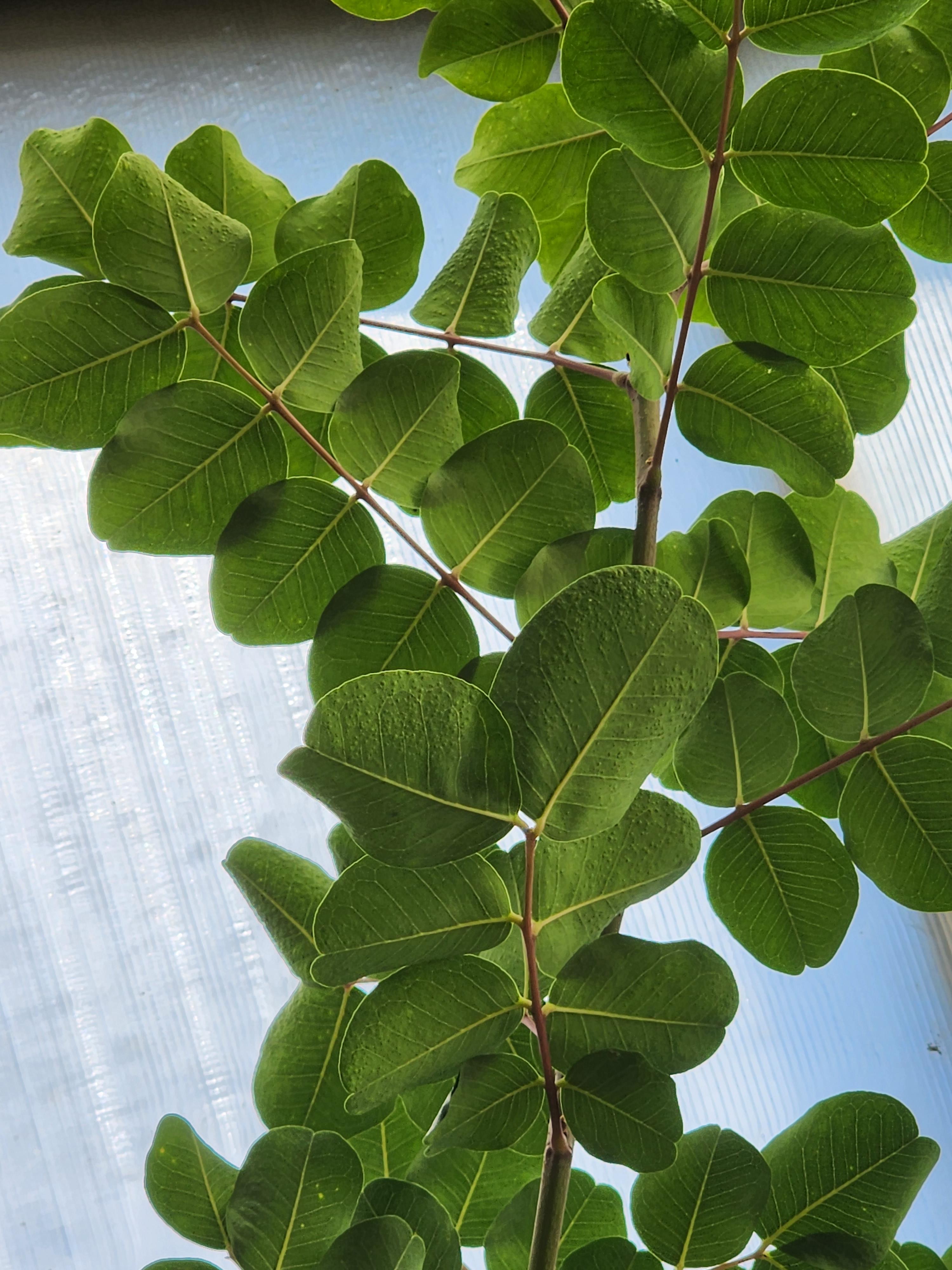
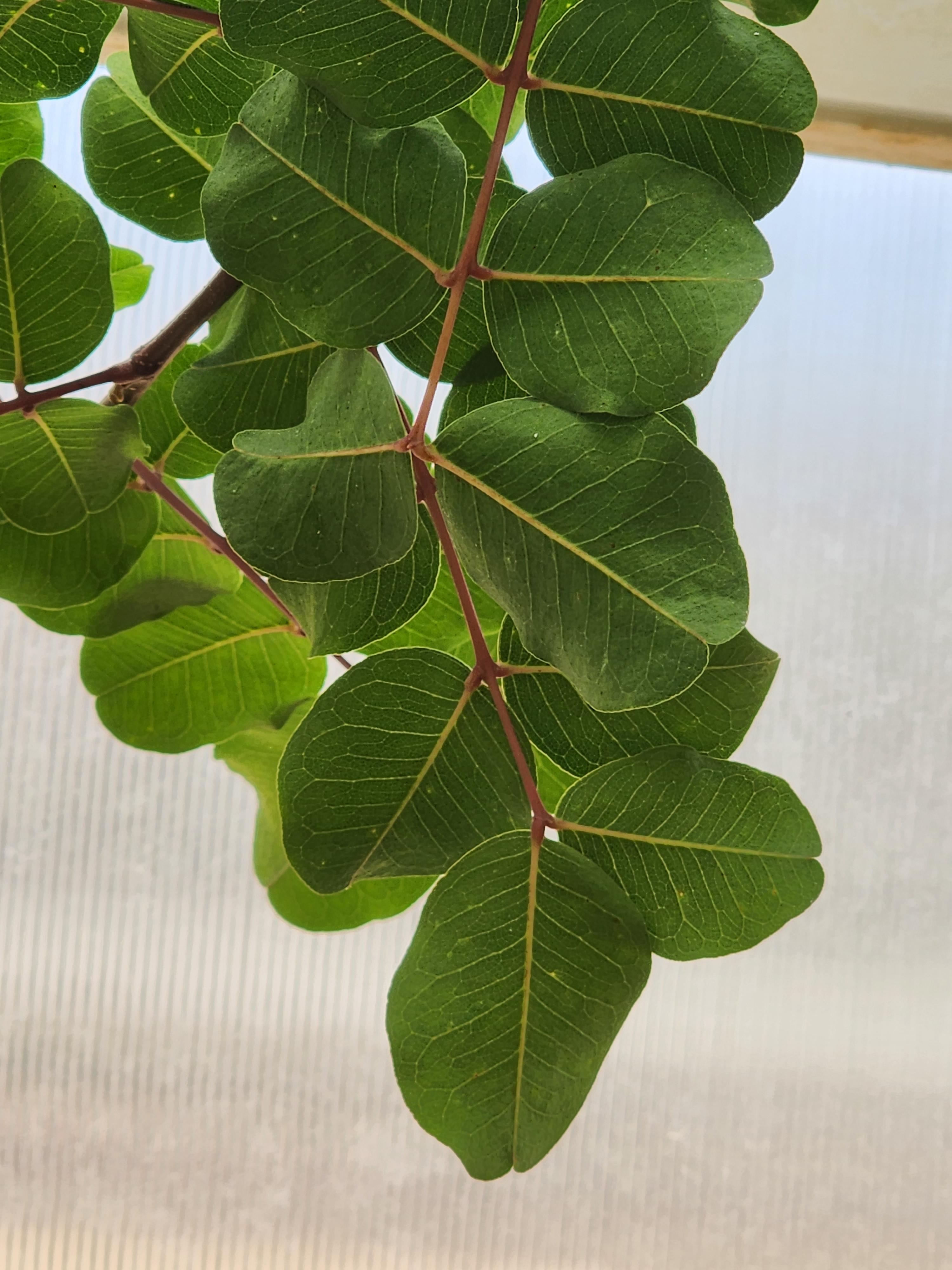

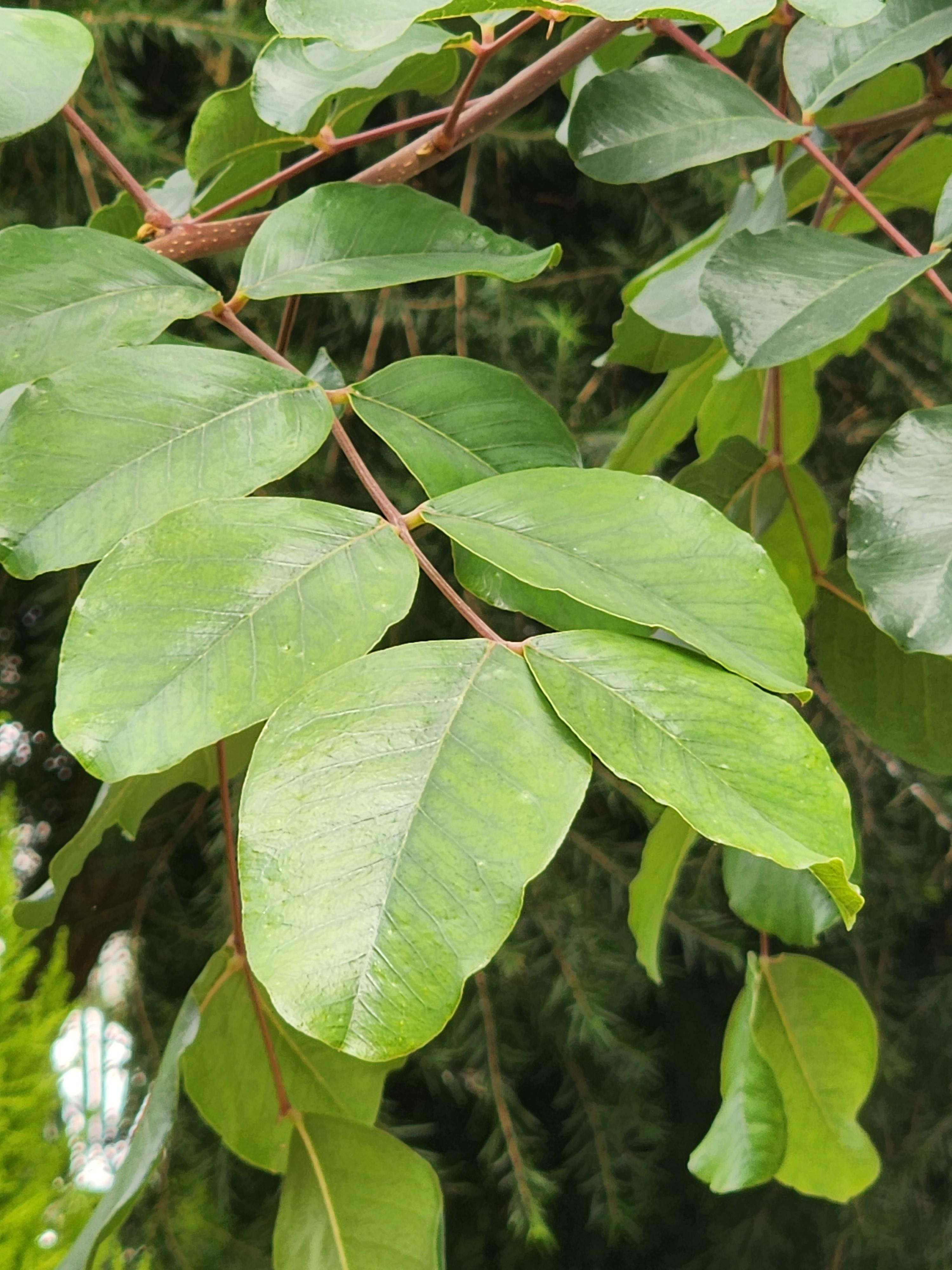
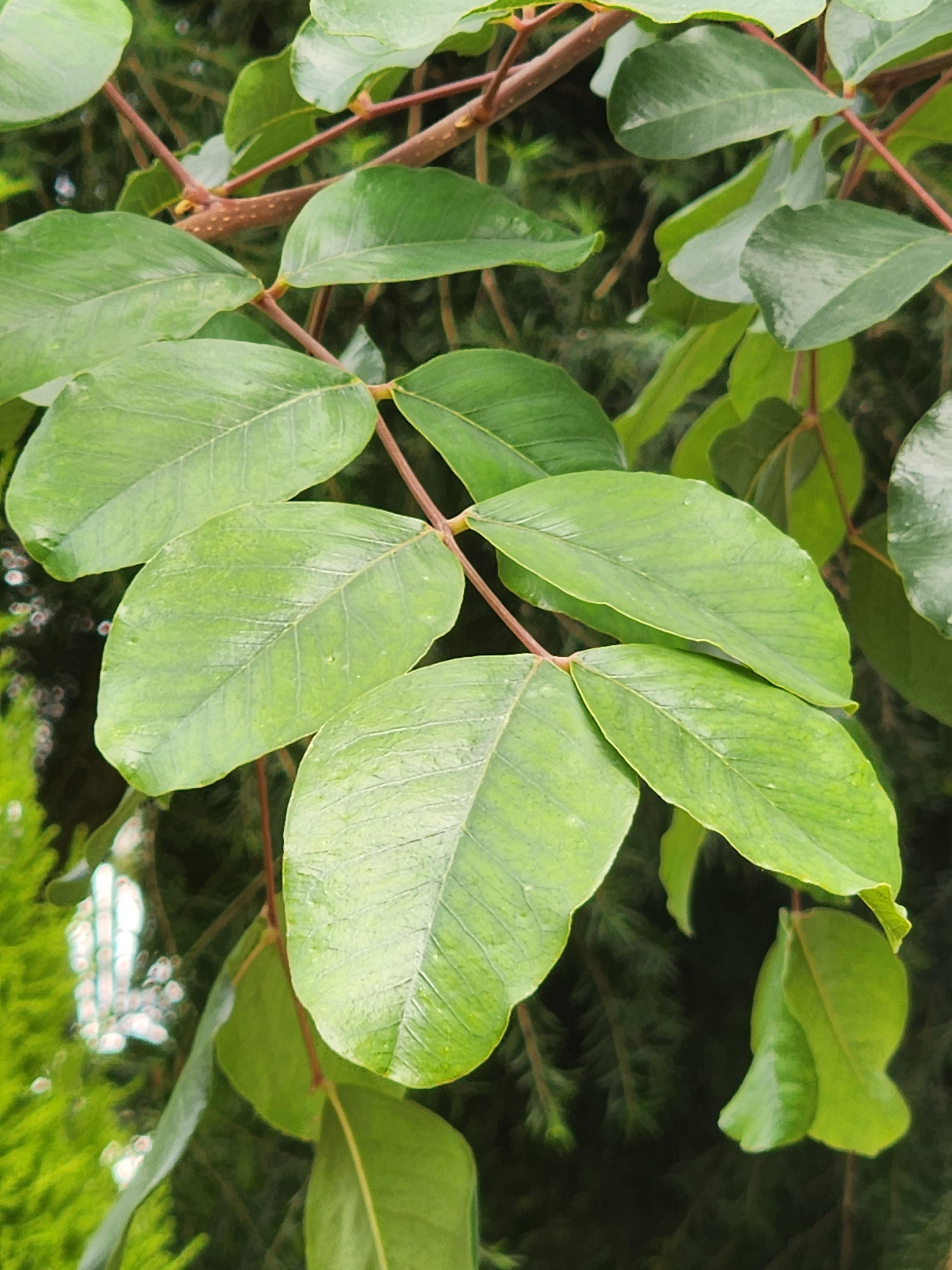


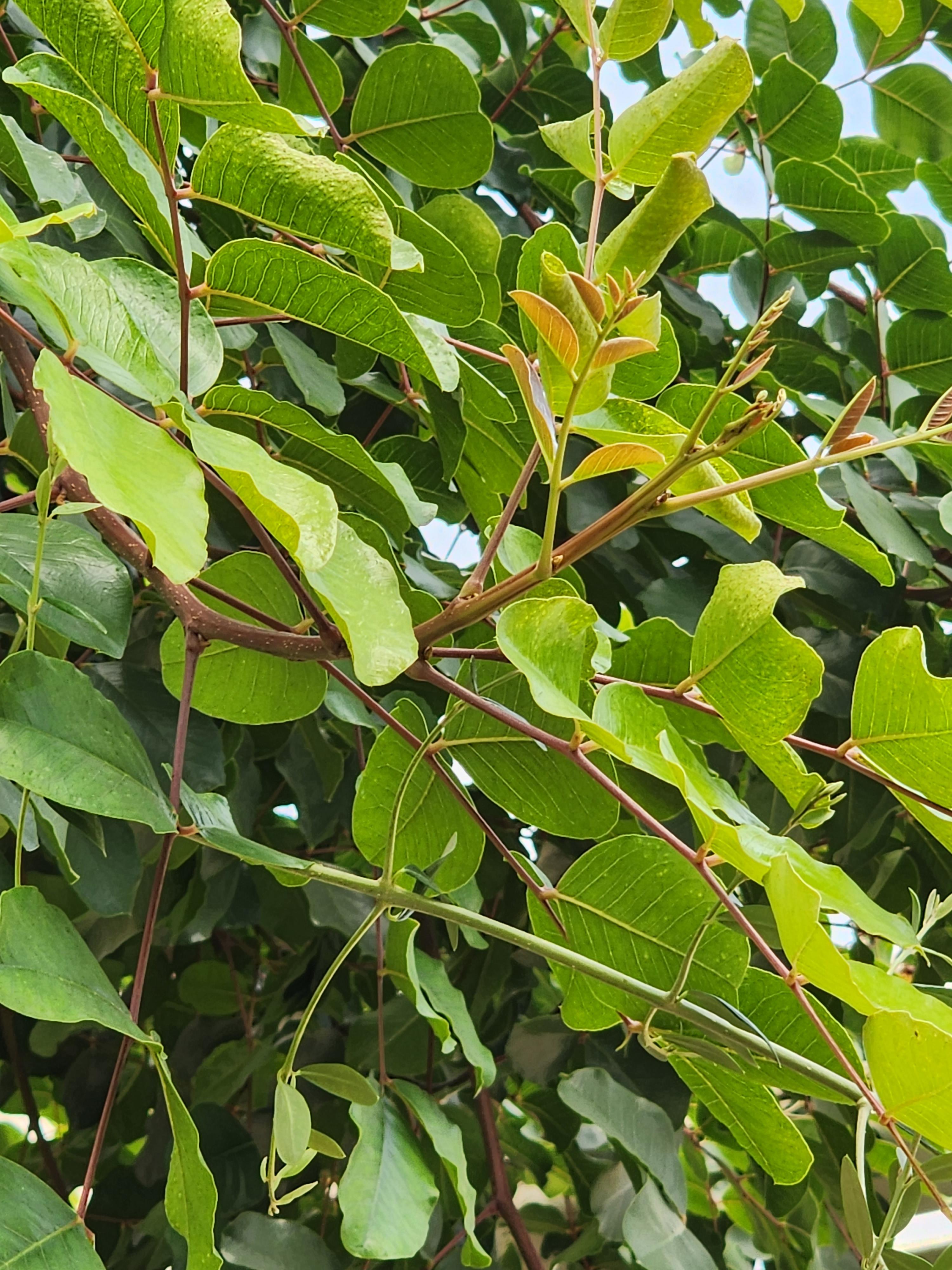



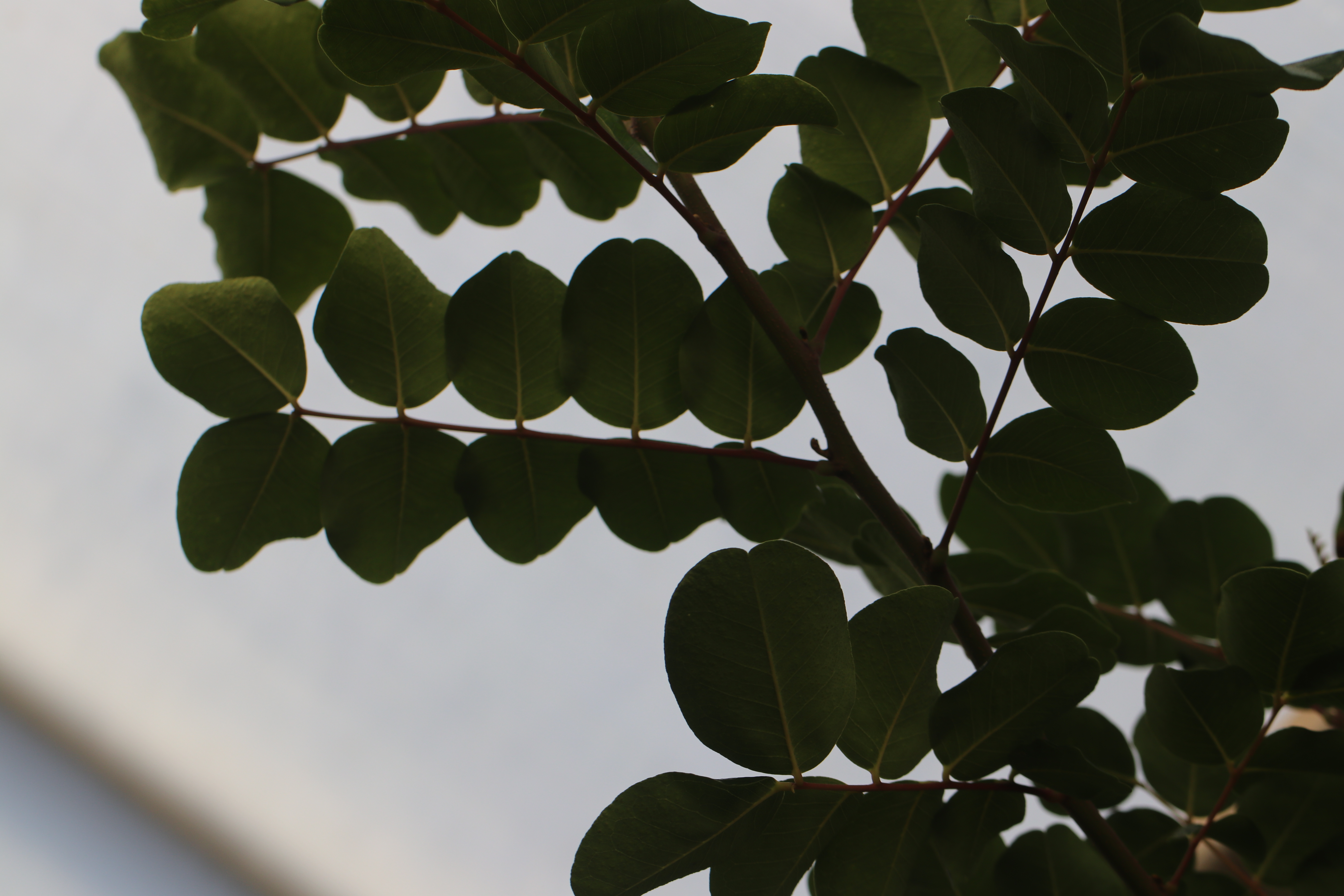

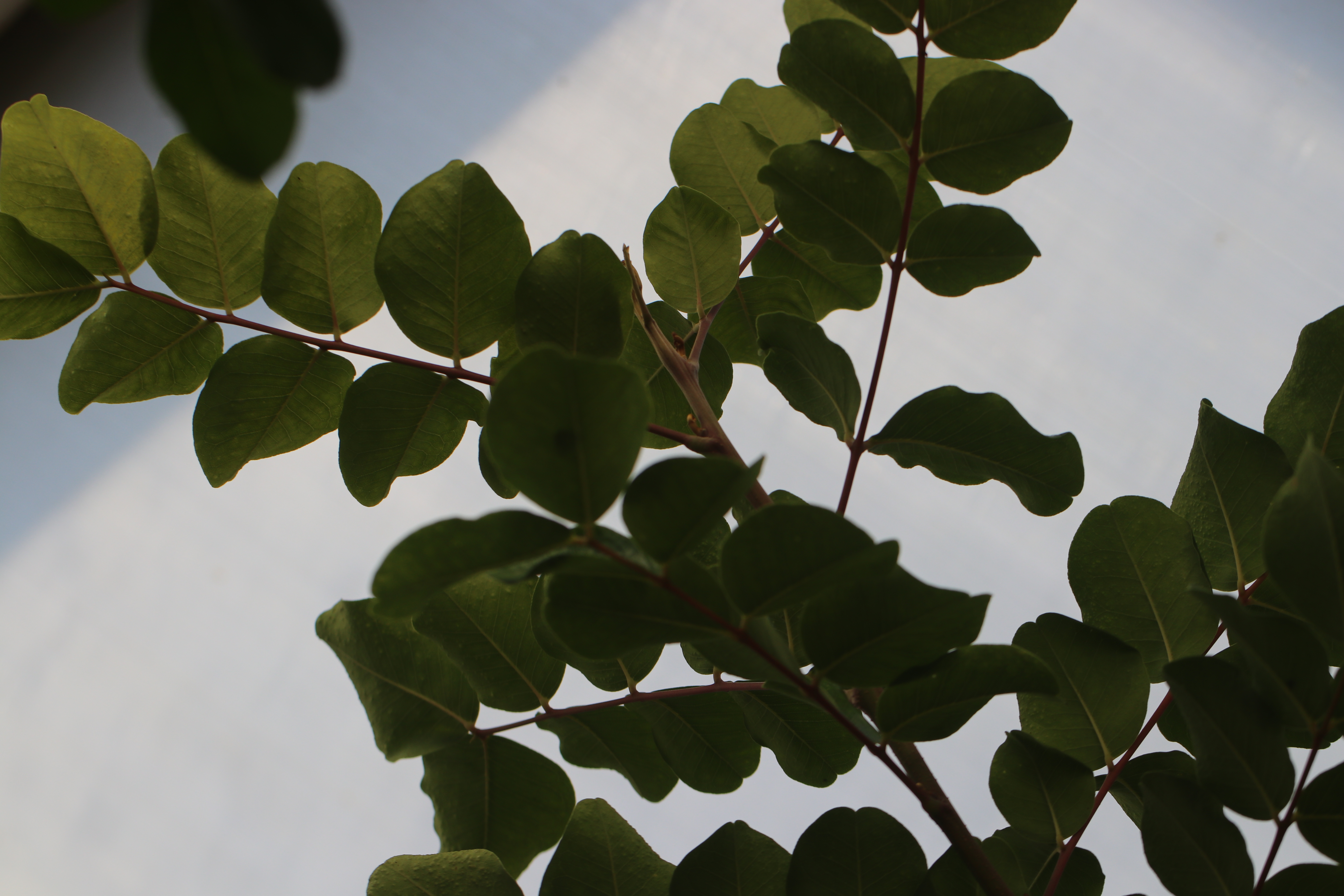
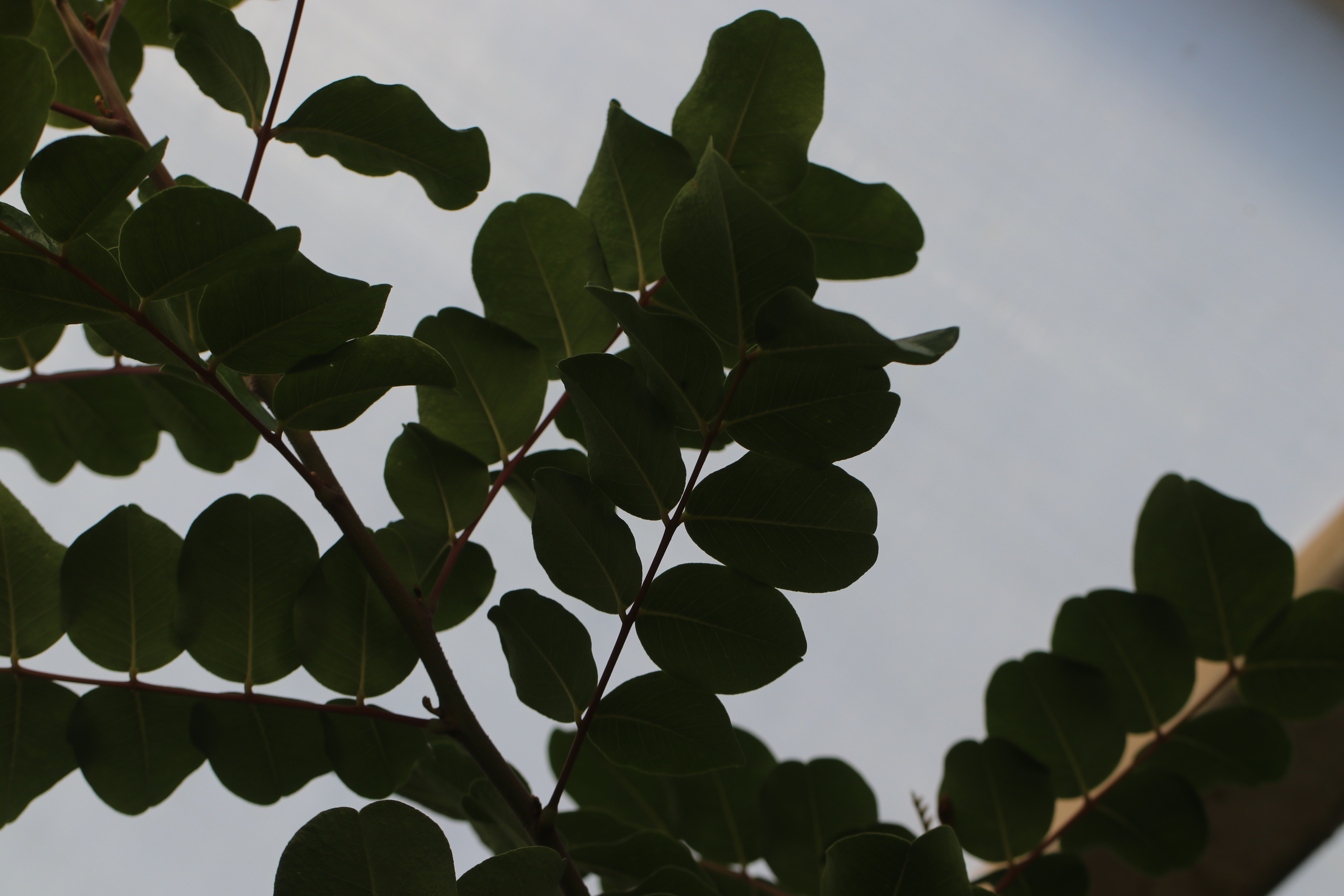

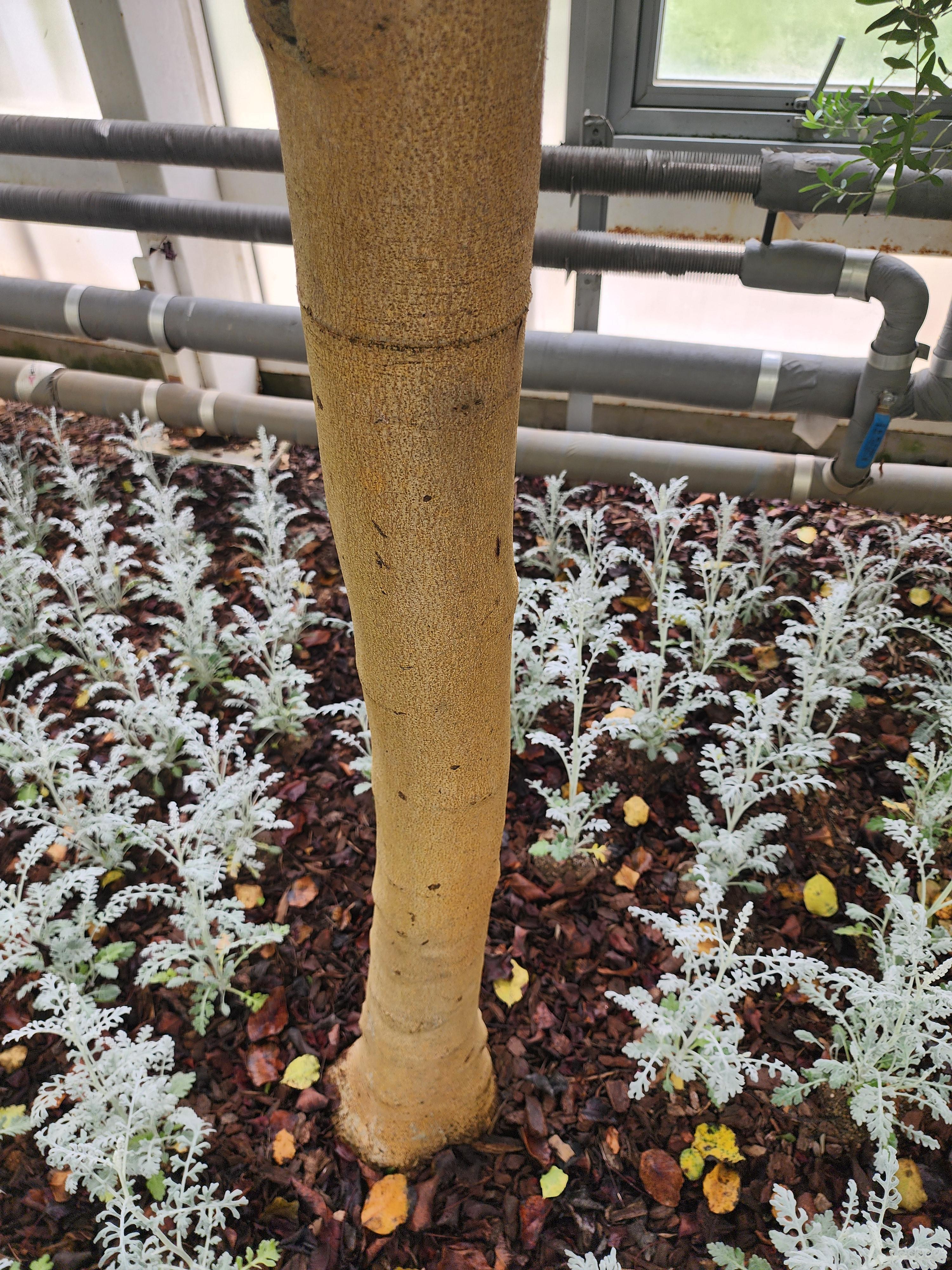
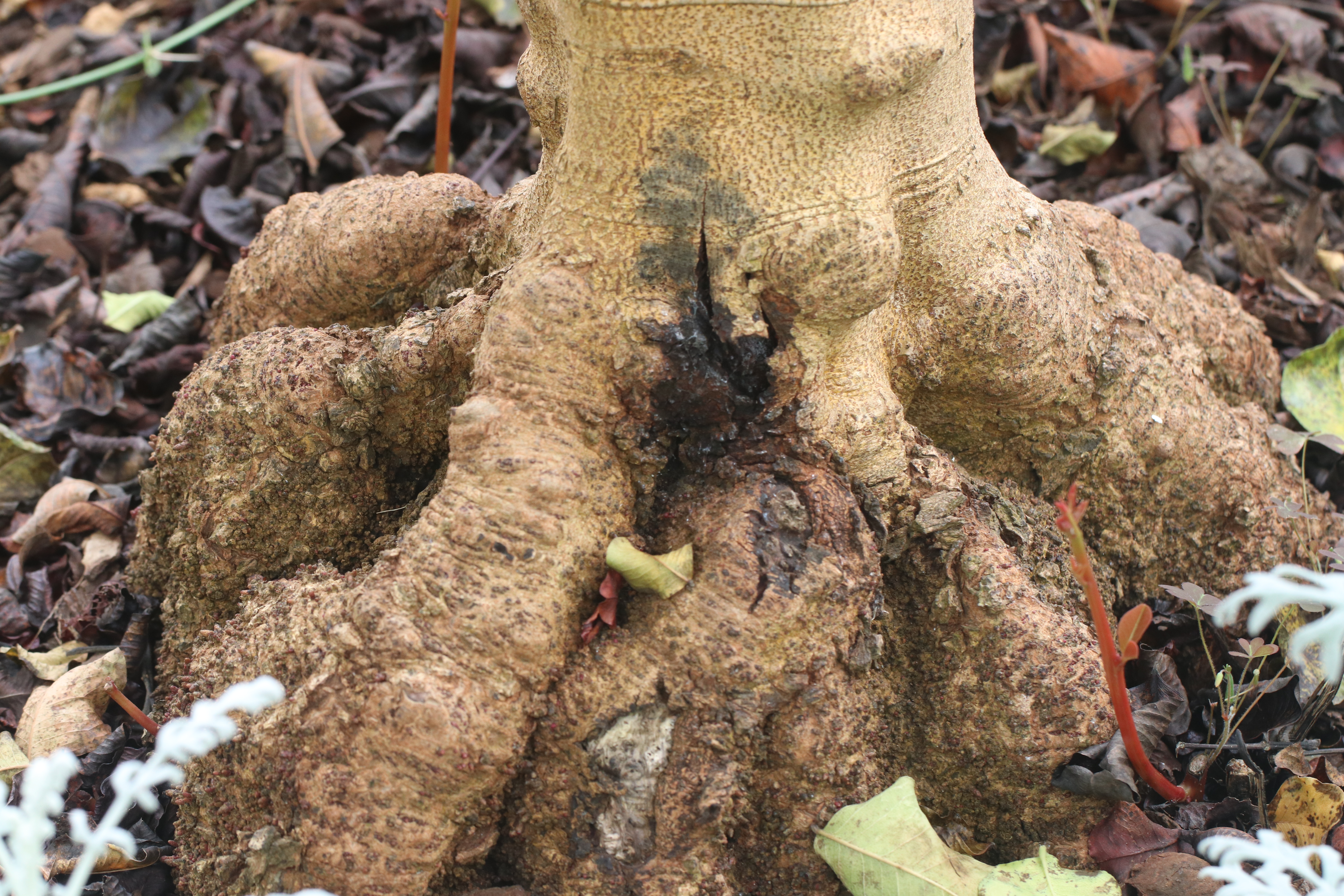


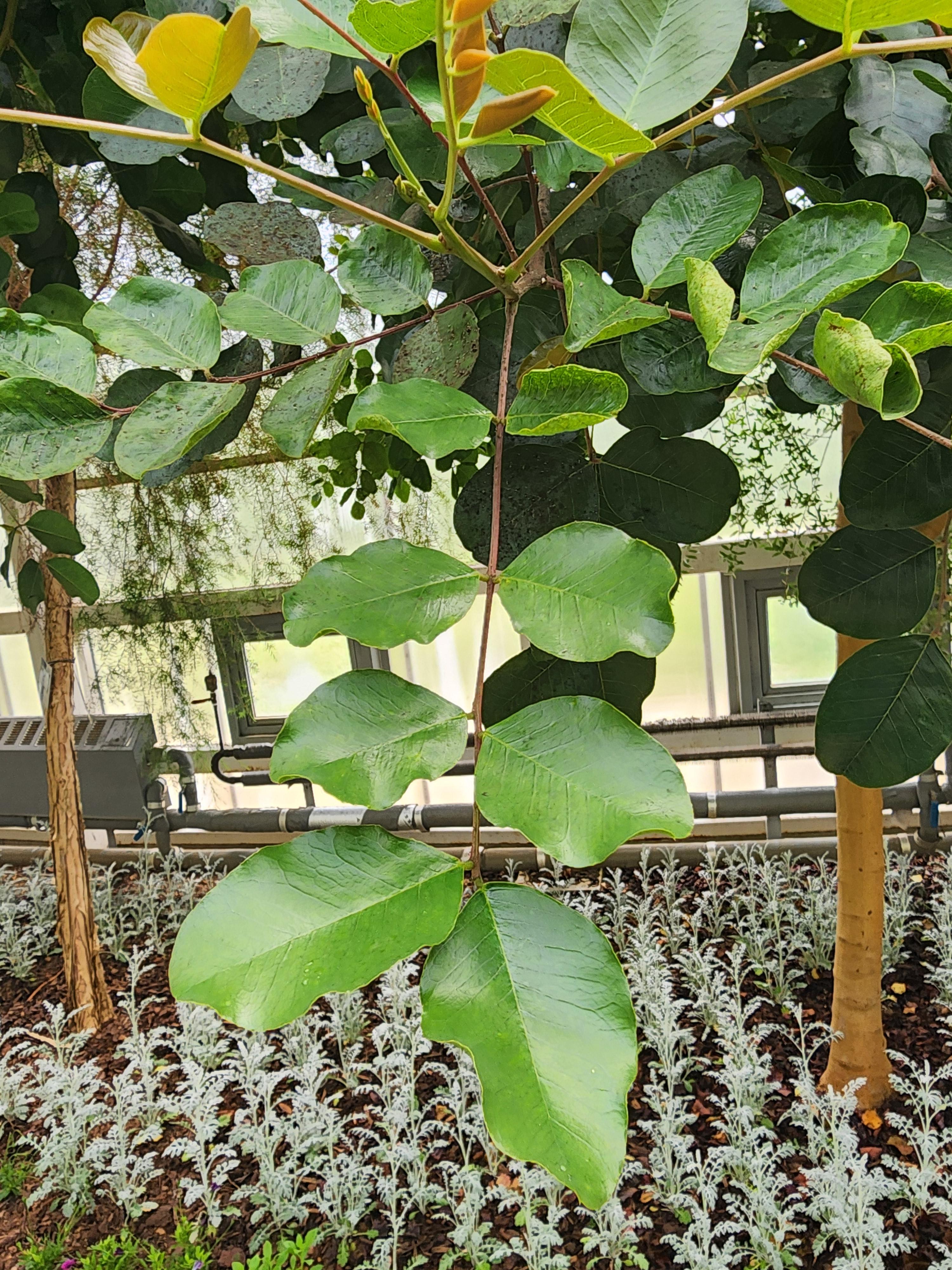





잎은 어긋나며 우수 우상복엽이다






长角豆 chang jiao dou
Trees, 15-16 m tall. Leaves 8-17 cm; leaflets 2-4 pairs, shiny, obovate or suborbicular, 3.5-5.5 × 3-3.5 cm, leathery, glabrous, lateral veins conspicuously raised, base cuneate or broadly cuneate, margin entire, apex rounded, emarginate, or conspicuously cordate depressed. Raceme with rachis densely yellowish brown pubescent. Flowers reddish. Legume curved, 10-25 × ca. 2.5 cm. Fl. Nov.
Cultivated in Guangdong (Guangzhou) [native to the E Mediterranean; widely cultivated and naturalized].
The dried legumes are rich in sugar; the seeds contain a useful gum, tragasol.
세밀화
The carob (/ˈkɛrəb/ KERR-əb; Ceratonia siliqua) is a flowering evergreen tree or shrub in the Caesalpinioideae sub-family of the legume family, Fabaceae. It is widely cultivated for its edible fruit pods, and as an ornamental tree in gardens and landscapes. The carob tree is native to the Mediterranean region and the Middle East.[1][2] Portugal is the largest producer of carob, followed by Italy and Morocco.
In the Mediterranean Basin, extended to the southern Atlantic coast of Portugal (i.e. the Algarve region) and the Atlantic northwestern Moroccan coast, carob pods were often used as animal feed and in times of famine, as "the last source of [human] food in hard times".[3] The ripe, dried, and sometimes toasted pod is often ground into carob powder, which was sometimes used as an ersatz cocoa powder, especially in the 1970s natural food movement.[4] The powder and chips can be used as a chocolate alternative in most recipes.
Description
A leaflet of the leaf of the carob tree
The carob tree grows up to 15 metres (50 feet) tall. The crown is broad and semispherical, supported by a thick trunk with rough brown bark and sturdy branches. Its leaves are 10 to 20 centimetres (4 to 8 inches) long, alternate, pinnate, and may or may not have a terminal leaflet. It is frost-tolerant to roughly −7 °C (19 °F).
Most carob trees are dioecious and some are hermaphroditic, so strictly male trees do not produce fruit.[5] When the trees blossom in autumn, the flowers are small and numerous, spirally arranged along the inflorescence axis in catkin-like racemes borne on spurs from old wood and even on the trunk (cauliflory); they are pollinated by both wind and insects. The male flowers smell like human semen, an odor that is caused in part by amines.[6]
The fruit is a legume (also known commonly, but less accurately, as a pod), that is elongated, compressed, straight, or curved, and thickened at the sutures. The pods take a full year to develop and ripen. When the sweet, ripe pods eventually fall to the ground, they are eaten by various mammals, such as swine, thereby dispersing the hard inner seed in the excrement.
The seeds of the carob tree contain leucodelphinidin, a colourless flavanol precursor related to leucoanthocyanidins.[7]
Etymology
The word "carob" comes from Middle French carobe (modern French caroube), which borrowed it from Arabic خَرُّوبٌ (kharrūb, "locust bean pod"),[8] which ultimately borrowed it perhaps from Akkadian language kharubu or Aramaic kharubha, or related to Hebrew kharuv.[9] Ceratonia siliqua, the scientific name of the carob tree, derives from the Greek kerátiοn κεράτιον "fruit of the carob" (from keras κέρας "horn"), and Latin siliqua "pod, carob".
In English, it is also known as "St. John's bread"[10][a] and "locust tree"[12] (not to be confused with African locust bean).[13] The latter designation also applies to several other trees from the same family.
In Yiddish, it is called bokser, derived from the medieval German bockshornbaum (ram's horn tree, in reference to the shape of the carob).[14]
The carat, a unit of mass for gemstones, and a measurement of purity for gold, takes its name from the Greek word for a carob seed, keration, via the Arabic word, qīrāṭ.[15]
아래는 위키의 세밀화 열매 사진

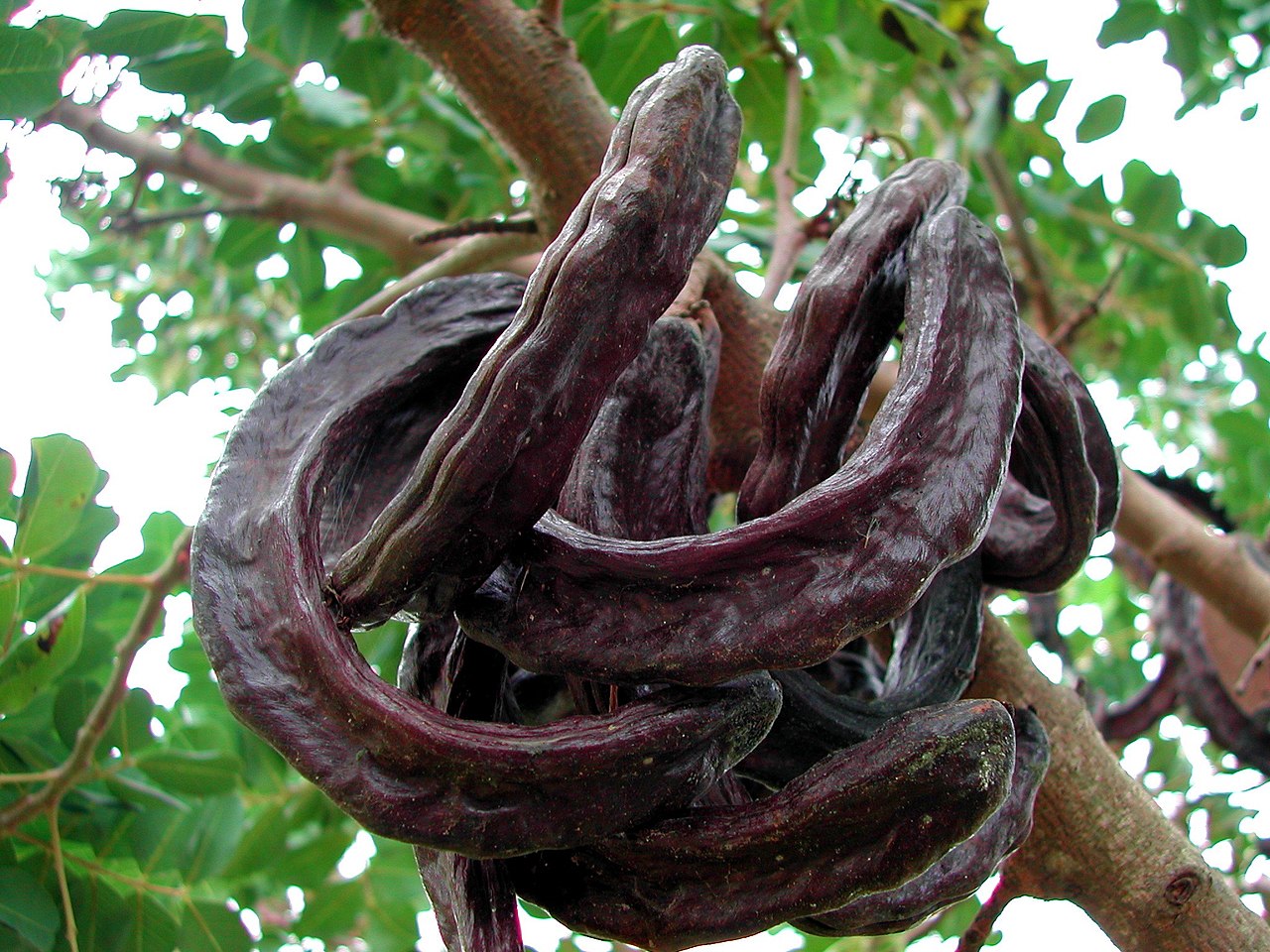
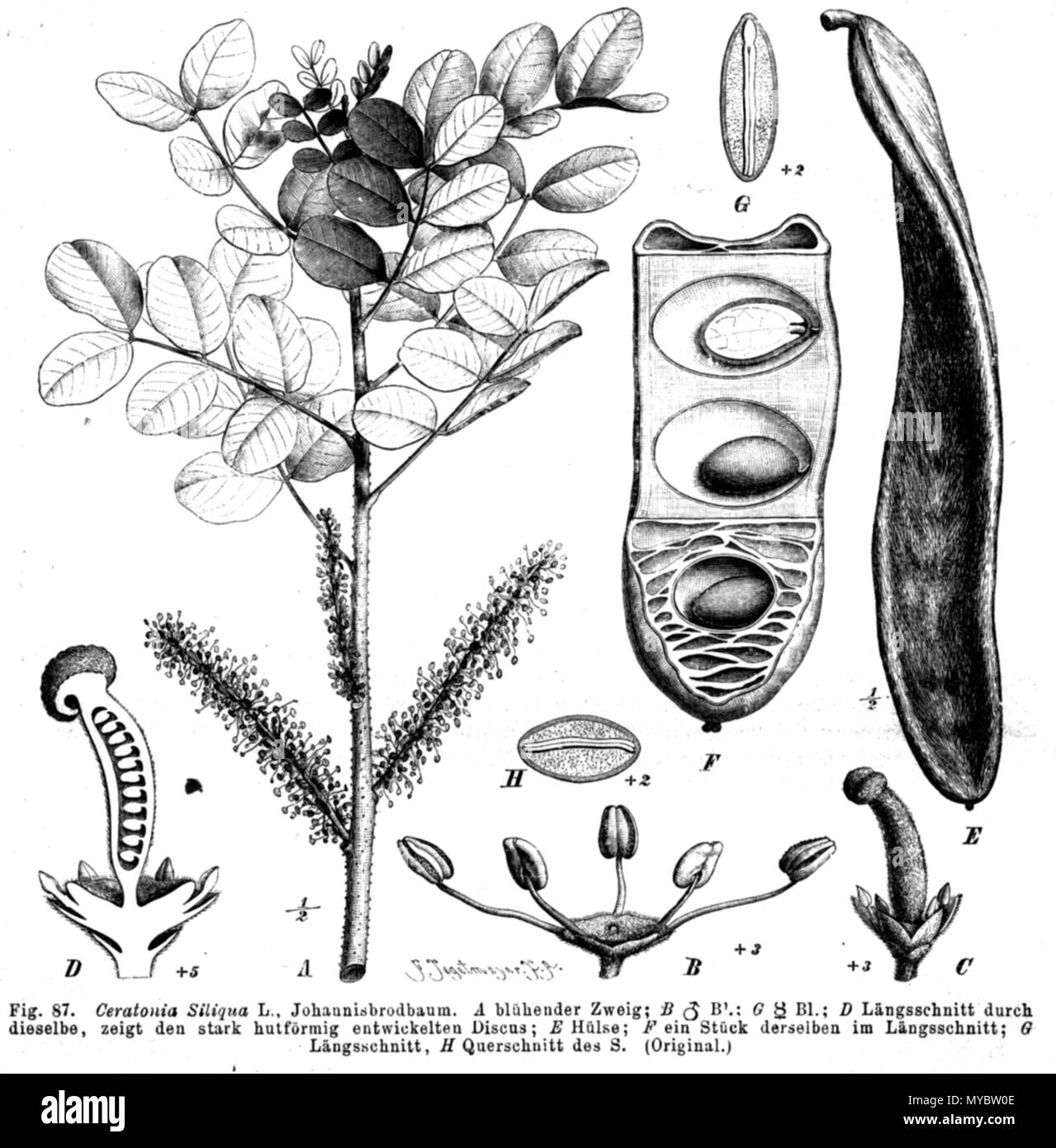
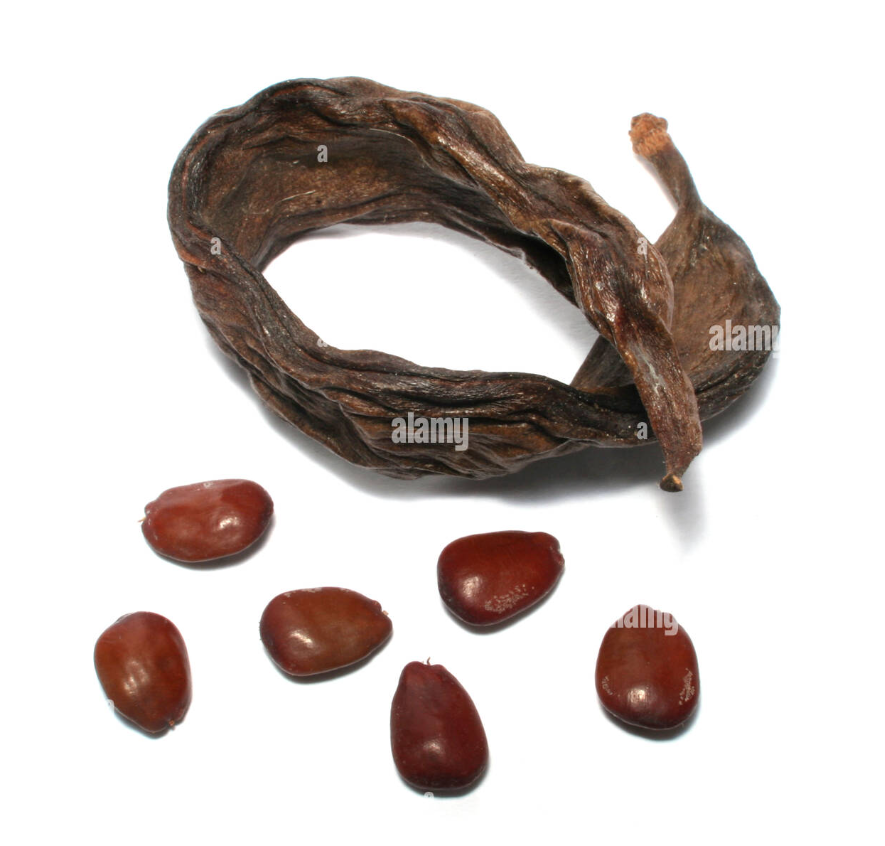
출처 Dried carob tree (Ceratonia siliqua) seed pod and seeds Stock Photo - Alamy
..........................................................................
비교 Manilkara zapota의 잎 (퍼온 사진)

'원예.재배식물 > A-E' 카테고리의 다른 글
| Eucalyptus cinerea (0) | 2023.03.30 |
|---|---|
| Citrus maxima (Pomelo) (0) | 2023.03.29 |
| Erythrina lysistemon (0) | 2023.03.28 |
| Aquilaria sinensis (0) | 2023.03.23 |
| Brachychiton discolor (0) | 2023.03.23 |